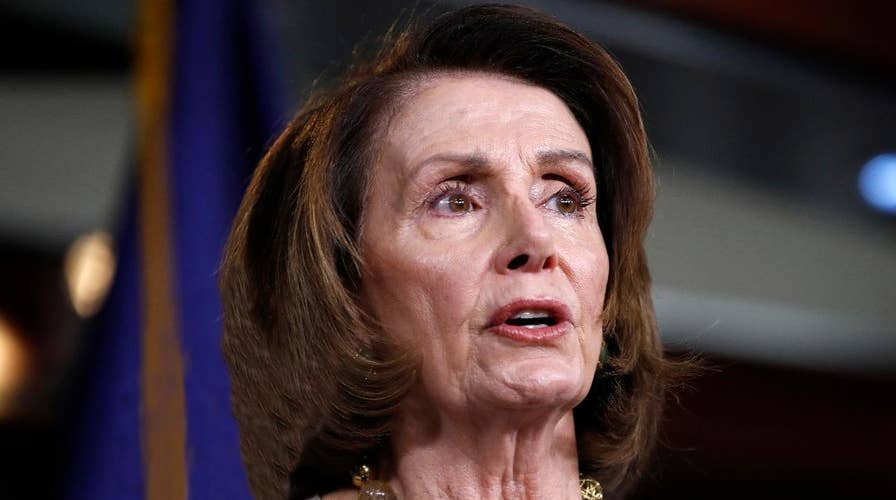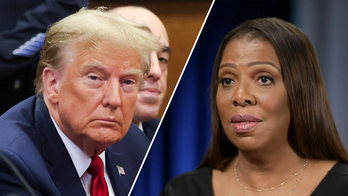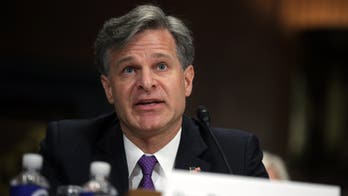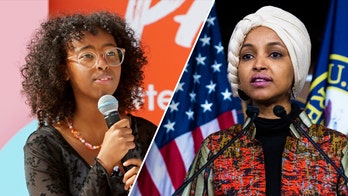Is Pelosi the GOP's 'secret weapon' in 2018?
A fair and balanced debate over President Trump's targeting of the Democrat leader.
Republicans are set to use the unpopularity of House Minority Speaker Nancy Pelosi to launch attacks on vulnerable Democrats in the upcoming midterm elections.
A political ad from the Senate Leadership Fund, a PAC linked to Senate Majority Leader Mitch McConnell, slammed Sen. Joe Manchin, D-WVa., by showing images of him with Pelosi, The Wall Street Journal reported.
Another ad from the House Republican campaign released on Wednesday says “thanks” to Pelosi for her eight-hour speech on the House floor advocating protections for the so-called Dreamers – immigrants who were illegally brought to the country by their parents.
The GOP has long tried to paint Pelosi as the flag-bearer of the party, but the two new ads mark an escalating effort before the upcoming November elections, where a number of seats are up for grabs.
The strategy to tie the minority speaker to other Democrats was tried last year, when Republicans depicted Jon Ossoff, a Democrat who eventually lost the special election in Georgia’s highly-contested 6th House district, as someone who would get to Congress only to follow Pelosi’s command. GOP strategists claim the accusation ultimately won the race for the Republicans.
But Democrats remain skeptical whether such approach will be an election winner for the Republicans.
GOP REP UNVEILS 'CRUMBS ACT' TO MAKE BONUSES TAX-FREE, IN SWIPE AT PELOSI
“I just don’t think it’s the silver bullet they say it will be,” Guy Cecil, the chairman of Priorities USA, the liberal PAC that went all-in on Hillary Clinton’s presidency campaign, told The Journal.
Cecil notes that Pelosi may be a weapon for the GOP only in districts where Republicans have historically performed well, such as in Georgia last year. In districts swept by Clinton in 2016, Republicans may not be so lucky.
“If it wasn’t Nancy Pelosi, then it’d be Chuck Schumer, the ‘New York liberal,’” Cecil said. “It’s not really a new playbook.”
At the same time, Democrats may use the polarizing presidency of Donald Trump, whose election in 2016 energized the Democratic base that could potentially show up in troves at the ballot boxes during the midterm elections in November.





